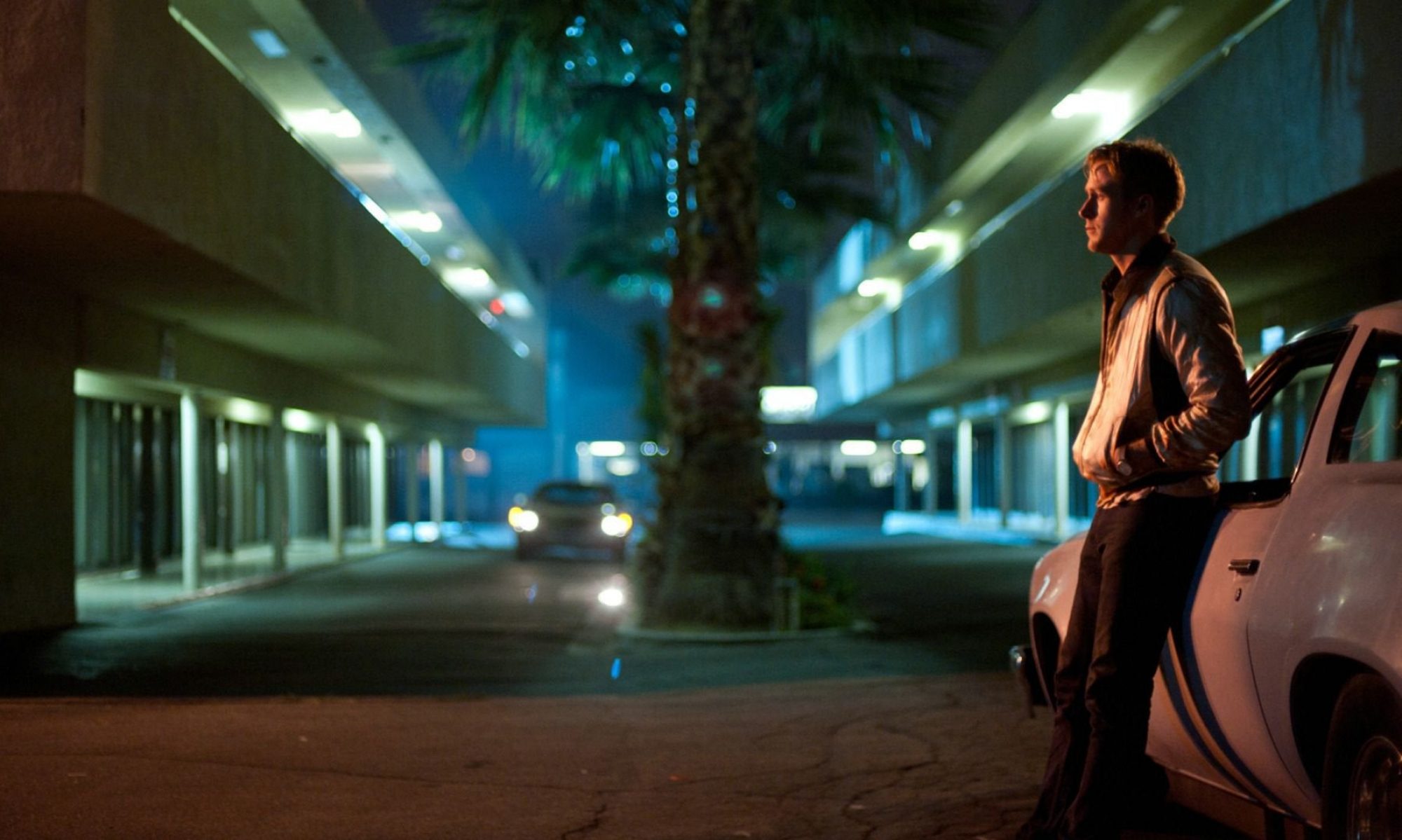One of these things is not like the other. In that one film is a gorgeous treatise on love, loss and loneliness while the other is a film starring Jason Statham where he does his usual Jason Statham exploding things and generally messing things up in the name of justice/revenge whatever. I daresay you’ll be able to work out which is which.
The Beekeeper
Okay, let’s start off with the black sheep. I’m not a big fan of these kind of films, which have big budgets and a basic blueprint where poorly drawn characters suffer an insult, whether that’s a family member being injured or killed, or a big government power being put into jeopardy, and this tough-talking, smart-ass main character comes in to save the day, the saving of which involves lots of explosions, expository dialogue and plenty of quick cuts to make those OTT action scenes just that bit more ‘exhilarating’. Oof, that was a long sentence. Anyway, not my kind of film, but I’m aware that my film snob sensibilities need to be held back from time to time, so I thought I’d give this joint a go to cleanse my palate.
The opening sequence shots might lull you into the idea that you’re going to be served with an arthouse flick. Opening credits with detailed journals of bees? Nice, quiet shots of a woman cooking? Thoughtful images of Jason Statham tending to bees as the sunlight graces his figure, with a bit of whimsical music to seal the deal? Don’t be fooled. This kindly old woman who has apparently been a mother figure to Statham’s Adam Clay (want more details about how they met, or any meaningful backstory in general? Tough, you ain’t getting any) gets swindled, and loses over 2 million dollars to a bunch of swindlers. Can you transfer this kind of money in one go in real life? Pfft, no, reality is secondary here. But anyway, that loss causes the woman to take her life, acting as a nice convenient catalyst to set Clay’s revenge rampage in motion. Fingers get cut off, buildings get blown up, a lot of stuff gets destroyed by guns. You know the drill. There’s the usual vague backstory of Clay having a dangerous history as a top-level hitman (‘He’s a ghost’, says one character. Ooh, scary, I’ve never heard that one before), but it’s difficult to get emotionally invested in a hero that spouts dumb quips at any available opportunity. After offering a group of money grabbing suits to leave, his guarantee that ‘anything alive in here won’t be’ after his beatdown doesn’t inspire confidence in the screenplay. Neither does flimsy attempts at existential dialogue like ‘At a certain age, you cease to exist’. Heck, there’s enough cheese here to keep a Babybel factory in business for a year. Yep, that’s the thoughtful takedown I’ll go for today.
On the plus side, it’s fun watching Josh Hutcherson play an all-out douchebag for once. As soon as he glides onto the screen in wheelies and starts zooming around on a skateboard, you know this guy’s an ass. And if you’re into these kind of high-budget, ludicrously plotted kind of films anyway, you’re bound to have a lot of fun here. Even lofty cinephiles such as my good self can find a bit of escapism in all the batshit craziness, even if the only awards buzz this film will be garnering is in the Raspberries category.
All of Us Strangers
Now, onto my favourite film of the year so far (technically it was released last year, but it didn’t make its way to the UK until 2024, so I’m counting it as a 2024 film).
Goshdarn, as Shakespeare had a way with words, director Andrew Haigh has a way with windows. An odd starting point for a review, I’ll admit. The only other Haigh film I’ve watched so far is his sophomore cinematic joint Weekend, but the emotional power he can draw when the camera focuses on his characters staring out of windows, or other characters looking at said windows, is incredibly poignant. Part of that’s down to the silences, the quiet stares of longing as life continues in the background.
Haigh’s fourth film entry draws on Taichi Yamada’s 1987 novel Strangers, and follows Andrew Scott’s loner Adam as he attempts to write a story about his parents, coming into contact with their younger selves when he returns home. He also tentatively begins a relationship with Harry (Paul Mescal on fine form), another resident in his tower block. It’s a ghost story, but it’s also a mournful, beautiful thought piece about love and loss told in quiet poetry. Haigh filmed the house of Adam’s parents in his own family residence, but was keen to not make any direct comparisons with his personal life (both of Haigh’s parents remain alive). The soundtrack is peppered with indie riffs chosen by Mescal himself from a personalised Spotify playlist of original songs and older tunes. Mescal’s description of the playlist, you ask? ‘Songs that make Paul Mescal feel something’. Nice.
The feels certainly come to life through the dreamy imagery of cinematographer Jamie D. Ramsay, who used his own feelings of isolation when he moved from South Africa to London to channel mood into the profound sights on screen. He made a visual distinction between the world of Adam’s parents and Adam’s flat, using different lighting for each atmosphere, and watched Spirited Away to gain inspiration for the spiritual atmosphere. Even the growing relationship between Harry and Adam was carefully orchestrated, with Ramsay slowly tightening up the eyeline with longer lenses as they grow closer.
If you fancy being spirited away for a while, then check out this understated odyssey for an engrossing adventure.
